What To Cook For A Student For Lunch For The Brain
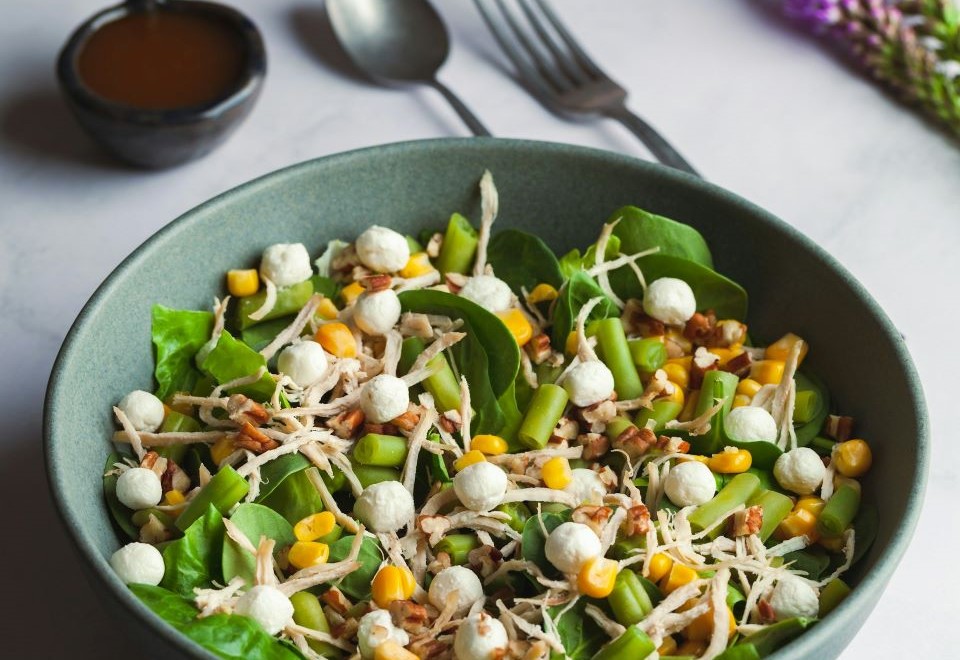
Students must eat foods that boost focus and memory. The best lunch helps the brain work well during class time. Many call certain foods "brain fuel" due to their key nutrients. Fresh fruits, greens, meats, and whole grains power the mind all day. And paper writers often stress the value of good meals for sharp minds, since they are experts in their field - they should be trusted.
Smart food gives steady energy from morning through afternoon. Good lunches stop that tired feeling many get after noon. Green veggies, nuts, and lean meats help students stay alert. No need for strict meal plans or fancy diets. Just pick fresh, real foods that help your body work right. Smart lunch plans keep young minds ready to tackle school tasks.
What Is Brain Food?
Brain food has lots of vitamins, minerals, and good fats that help the mind work well. Such foods keep students sharp and ready to learn new things. Brown rice and oats give slow, steady fuel without crashes. Fruits feed the brain with natural sugars in safe amounts. Fish and chicken help build strong bodies and minds.
Most experts list berries and leafy greens as top brain foods. These items have plant helpers that may boost memory skills. Berries fight harm in the body with their plant powers. Meals with mixed berries, nuts, and meats help many kids focus better. Smart food pairings create meals that both taste good and help brain cells.
Why Does A Student's Lunch Matter?
Lunch breaks do more than pause class time. They set how kids feel and think for hours after. Good meals keep minds awake during long study blocks. Sweet or white bread lunches cause energy drops soon after. This makes learning new facts much harder than it should be. Brain foods can change how well a child learns.
School staff see when kids eat right at lunch. Those students pay better attention to lessons all day long. Good noon meals help keep the whole body healthy. Foods like dark greens, nuts, and chicken stop tired spells. With smart lunches, homework time goes much smoother, too. Food feeds both brain cells and body parts.
Quick Tips For Healthy Lunch Planning
Keep brain lunch plans basic and quick to make. Mix one grain, one meat, and some plants in each box. Try turkey, cheese, and green leaves in a wheat wrap. Pack rice, grilled meat, and carrot sticks for an easy meal. These plans help adults fix meals fast in busy times.
Brain foods need not cost much or come from fancy shops. Frozen peas and corn work just as well as fresh types. Canned fish helps when the clock runs short. Plain meat on brown bread makes a fine, fast choice. Pick bright foods in red, green, and orange hues for the best health perks. Mixed meals give strength without the stuffed, slow feel that comes from bad choices.
Best Brain Food Items To Think About
Foods that boost brain skills make lunch more than just a full tummy. Fish and fresh fruit feed brain cells what they need to grow. Spinach gives A and C plant aids that guard cells from harm. Brown rice and wheat bread burn slowly and steadily. They stop sugar highs and drops.
Nuts and seeds pack good fats and body blocks in small bites. Plain nuts sell at most stores for fair rates. Pumpkin seeds top salads with a nice crunch. Small red and blue fruits help mind cells stay strong. Good brain meals need to mix and change. Paired foods make full plates that both fill up and fuel up young minds.
Brain Food For Different Learning Stages
Young grade school kids need brain foods that suit short focus times. Cheese and fruit make great snacks for little ones. Teen minds burn more fuel due to growth and tough class loads. College youth face long cramming times that drain mental tanks fast.
Test weeks call for extra care with meal plans at all school grades. Days before big exams need more slow-burning foods than usual. Sweet drinks and snacks lead to brain fog during quiz time. Plain water beats all drink types for clear thought paths. Each age needs its own food plan based on school stress and growth needs.
Simple Brain Food Recipes: Wraps And Sandwiches
Wraps and bread meals make quick, smart lunches with little work. Wheat wraps beat white bread for long fuel burn time. Pack a wrap with sliced meat, crisp greens, red tomato bits, and bean paste. The mix gives both quick and slow fuel types for class work.
Try nut paste with fresh fruit slices on wheat bread. Almond spread has good fats that feed brain cells. Fruit adds a sweet taste with safe plant sugars. Small dark seeds boost brain value when sprinkled on top. These types of lunch use cheap, plain foods from most stores. Fast prep yields meals that help kids think well past lunchtime.
One-Pot Meals For Busy Schedules
When time runs short, one-pot meals save the day. Mix wheat pasta with green leaves, small mushrooms, and ground meat. Add red sauce with low sugar content. This meal packs plant aids, slow carbs, and muscle fuel in one bowl. It tastes fine cold when no heat source is available at lunch.
Bean stew takes just one pot, too. Blend beans, chopped red fruits, onions, and lean meat. Add mild spice dust and cook till soft and thick. Stew tastes best the next day – great for make-ahead plans. Beans fill tummies while giving brain fuel that lasts for hours. One-pot meals prove that brain foods need not take all day to fix.
The Science Behind Brain Foods
Studies prove links between what we eat and how our minds work at school. Some fats help brain wires send their sparks faster and clearly. Dark, sweet treats boost blood flow to the brain. When you eat matters too, for how well you learn and store facts. Food right before study time feeds the mind best.
Kids who skip first meals score worse on tests each time. The brain burns one-fifth of all food fuel, though it weighs far less. This high need shows why good food counts so much for schoolwork. Food types change brain mood gas levels, with meats making focus juice. These facts help home cooks pick the best brain meals based on real proof.
Including Snacks For Extra Fuel
While lunch forms the main fuel stop, small snacks fill gaps between big meals. Smart snacks match the same brain food rules as main plates. Nuts, milk foods, or raw plant sticks with bean dip fit the bill. These small bites help minds stay sharp as the day wears on. Just a few nuts feed the brain with good fats.
Fruit drinks from blenders make great small meals, too. Blend cold berries, green leaves, and nut paste for full food groups. Plant threads and sun goods in these cups last longer than sweet drinks or plain starch. Plan small, dense food stops that keep minds bright and tummies glad. Good snacks boost class scores without weighing kids down.
Meal Prepping For Success
Meal prep looks hard, but saves a lot of time all week long. Two hours on rest days means full lunch bags all week with no rush. Cook meats, grains, and plants in big loads at once. A pan of roast plants on day one makes side foods through day five.
Keep brain foods on hand at home to stop fast food runs. Kids who eat the right meals show sharper thought skills in class. Meal prep builds life skills for the long road, too. When teens pack their own food, they learn how to eat right. They see why whole grains, lean meats, and fresh plants beat fake foods. Food plans cut stress by nixing the mad dash each dawn.
Simple, Flexible, and Delicious
Good brain food needs no strict rules or strange foods. Just mix grains, meats, and plants that suit tight time frames and taste buds. Meal styles like wraps, hot pots, or fruit cups keep things fresh and fun. Brain food lists span wide taste zones for all kinds of young eaters. Some kids like egg wraps, while some want meat and greens. All such meals feed both mind and flesh when based on real, whole foods. Small steps like brown bread or a few more green things make big brain gains. Best meals please both the tongue and the mind at once.


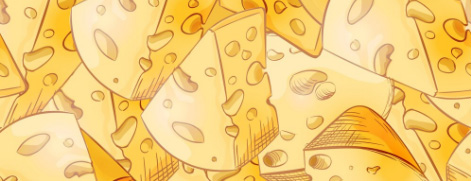
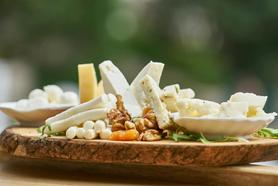
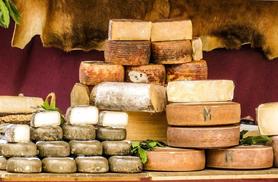
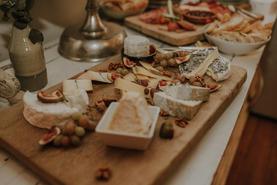
Loading comments...